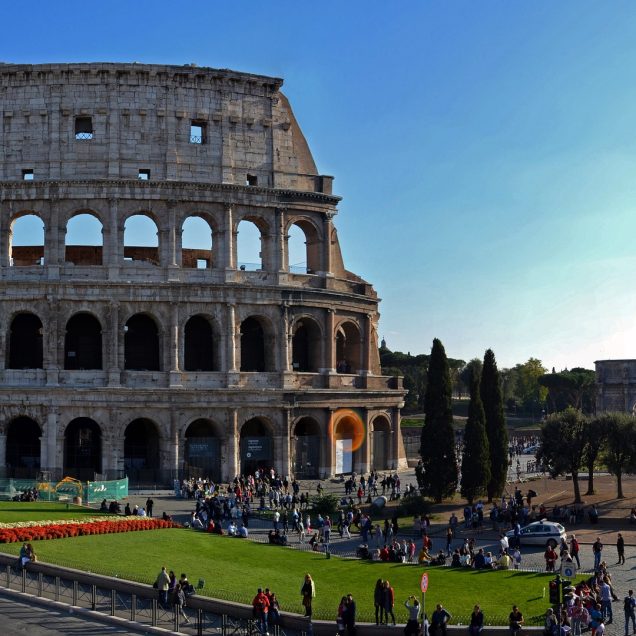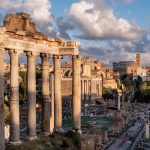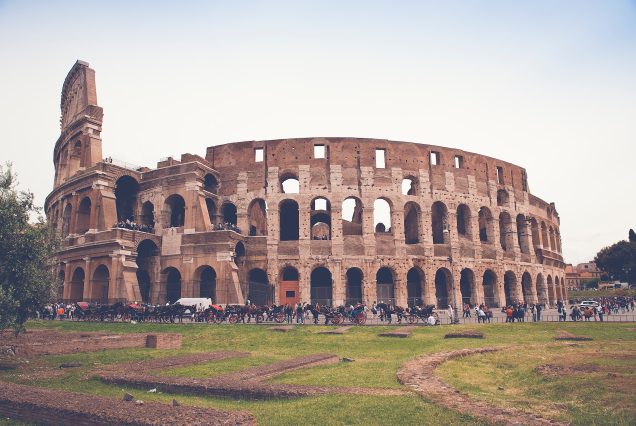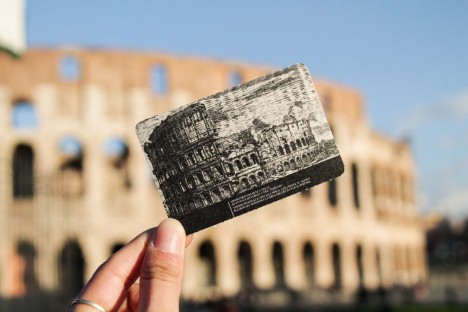
Overview
The Colosseum, also known as the Flavian Amphitheatre, is an iconic ancient Roman amphitheater located in the center of Rome, Italy. It is one of the most famous and well-preserved landmarks from ancient Rome and a symbol of the city itself. Here's an overview of the Colosseum:
- Construction: The Colosseum was commissioned by Emperor Vespasian of the Flavian dynasty in AD 70-72, and it was completed in AD 80 by his son Titus. It was built on the site of an artificial lake within the grounds of Nero's Golden House (Domus Aurea).
- Architecture: The Colosseum is an immense structure, elliptical in shape, and it could accommodate between 50,000 and 80,000 spectators in its tiered seating. It was primarily constructed using concrete and sand, with a facade made of travertine stone. The amphitheater has a series of arches and columns on its exterior, showcasing Roman architectural prowess.
- Purpose: The Colosseum was primarily used for various forms of public entertainment, including gladiator contests, animal hunts, mock naval battles (naumachiae), and other events. These spectacles were organized to entertain the Roman populace and demonstrate the power and wealth of the Roman Empire.
- Gladiator Battles: Gladiator contests were the most famous and brutal events held at the Colosseum. These fights involved trained combatants, often slaves or prisoners, battling to the death with various weapons in front of a bloodthirsty audience.
- Animal Hunts: The Colosseum also hosted elaborate animal hunts where exotic creatures from different parts of the Roman Empire were brought in and pitted against each other or against human hunters. These hunts were often used as a form of entertainment and were particularly popular.
- Decline and Abandonment: Over time, the Colosseum's popularity waned, and it fell into disuse. It was damaged by earthquakes and suffered from neglect. Some of its materials were repurposed for other buildings in Rome.
- Preservation and Restoration: In the Middle Ages, the Colosseum was used as a source of building materials, but efforts to preserve and restore it began in the 18th century. Today, it is a UNESCO World Heritage Site and a symbol of Rome's rich history and architecture.
- Modern Use: The Colosseum is a popular tourist attraction, drawing millions of visitors from around the world each year. It is also occasionally used for cultural events and concerts.
Visiting the Colosseum provides a glimpse into the grandeur and brutality of ancient Roman society and is a must-see for anyone interested in history and architecture.











